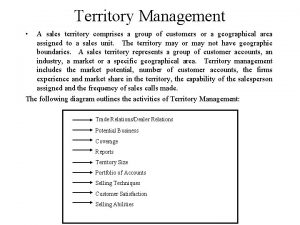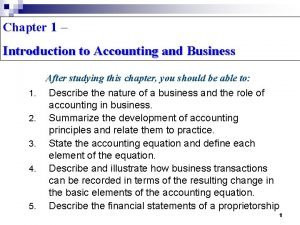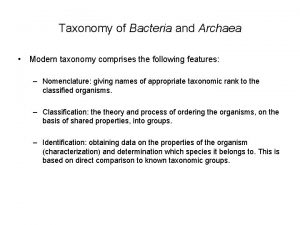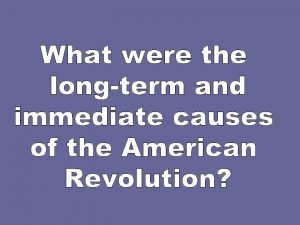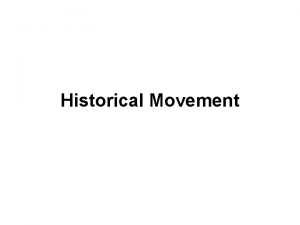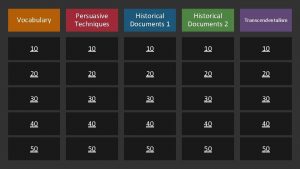Historical method Historical method comprises the techniques and






- Slides: 6

Historical method

�Historical method comprises the techniques and guidelines by which historians use primary sources and other evidence, including the evidence of archaeology, to research and then to write histories in the form of accounts of the past. The question of the nature, and even the possibility, of a sound historical method is raised in the philosophy of history as a question of epistemology. The study of historical method and of different ways of writing history is known as historiography.

� 1. Source criticism: �Source criticism (or information evaluation) is the process of evaluating the qualities of an information source, such as its validity, reliability, and relevance to the subject under investigation. � 2. Synthesis: historical reasoning. �Objectivity, causality, chronology, historical context.

�When was the source, written or unwritten, produced (date)? �Where was it produced (localization)? �By whom was it produced (authorship)? �From what pre-existing material was it produced (analysis)? �In what original form was it produced (integrity)? �What is the evidential value of its contents (credibility)?

� Procedures for contradictory sources � Bernheim (1889) and Langlois & Seignobos (1898) proposed a seven-step procedure for source criticism in history: � If the sources all agree about an event, historians can consider the event proved. � However, majority does not rule; even if most sources relate events in one way, that version will not prevail unless it passes the test of critical textual analysis. � The source whose account can be confirmed by reference to outside authorities in some of its parts can be trusted in its entirety if it is impossible similarly to confirm the entire text. � When two sources disagree on a particular point, the historian will prefer the source with most "authority"— that is the source created by the expert or by the eyewitness.

�Eyewitnesses are, in general, to be preferred especially in circumstances where the ordinary observer could have accurately reported what transpired and, more specifically, when they deal with facts known by most contemporaries. �If two independently created sources agree on a matter, the reliability of each is measurably enhanced. �When two sources disagree and there is no other means of evaluation, then historians take the source which seems to accord best with common sense.

